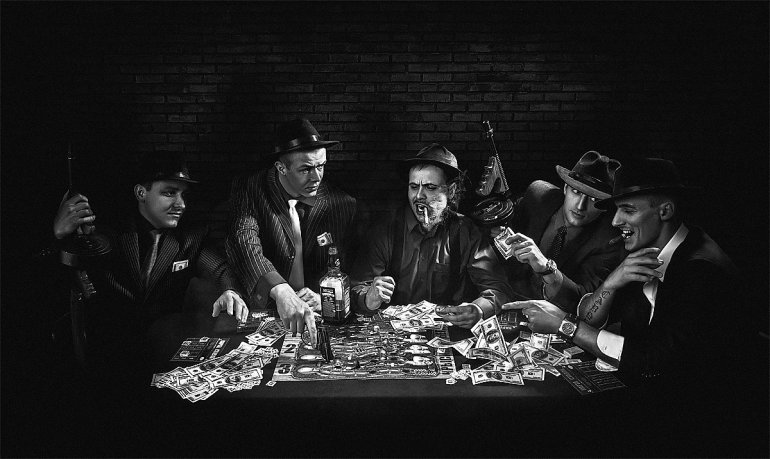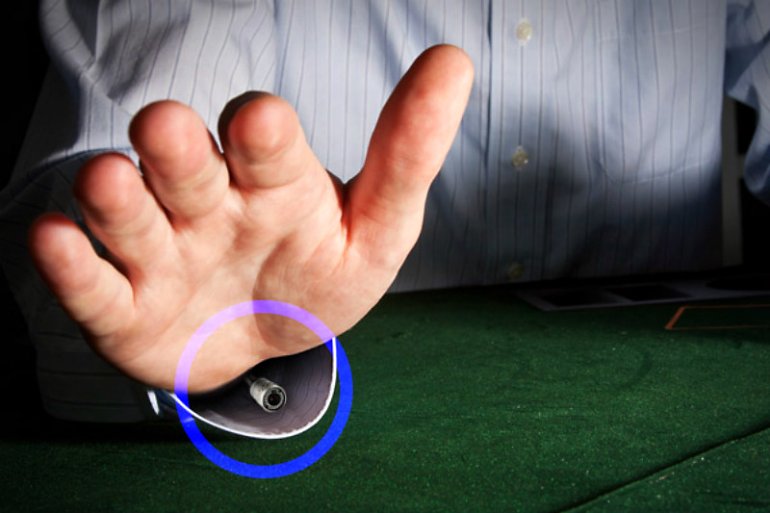_770.jpg)
When we tell Casinoz readers about the most memorable scams in gambling history, we often recall cases that can hardly be considered "the best."
If we know about the fraud, the fraudsters have not managed to hide their crime from law enforcement officials. Therefore, the crime was far from ideal.
However, sometimes cheaters who are even under investigation are not sentenced to jail time. Even if everything seems obvious, the available evidence cannot prove the suspects' guilt.

Such a situation has developed around the famous "Cutter Gang." Its members were repeatedly arrested in various casinos, but law enforcement officials failed to hold to account any of them. They acted so professionally that, in this case, we can talk about one of the most sophisticated scams in the history of gambling.
History of the Cutter Gang
At the beginning of 2011, the owners of several casinos in Las Vegas suspected that their gambling facilities were victims of an organized criminal group cheating when playing baccarat.
Traditionally, on the eve of the Chinese New Year, baccarat tables with high betting limits are open on the Strip. The employees of the Gaming Control Board were invited to monitor the gameplay at these tables.

This preventive measure was not in vain. Specialists arrested a group of gamblers at Cosmopolitan Casino. They were suspected of fraudulent activities. During the investigation, it was found that these customers had appeared in many other gambling houses, where they had played highly successfully.
Yet, alleged criminals were not arrested and judged due to the lack of evidence. Therefore, even their names were not publicly available, and representatives of monitoring organizations abstained from making official comments.
The Essence of the Cutter Gang Scam
Nevertheless, officials discovered that the Cutter Gang members, which included mostly immigrants from Asian countries, had been suspected of peeking into cards with the help of tiny cameras hidden in sleeves.
- Dealers of US-based casinos allow baccarat gamblers to cut the deck after the shuffle themselves.
- Scammers carried out this action by slightly exposing the cards. A tiny camera hidden in the sleeve recorded their values.
- A hidden computer automatically processed the data obtained in this way.
- Then the information about the sequence of cards found out with the help of the camera was transmitted to other gang members who gambled using these data for their profit.
In this case, the scammer who cut the deck usually left the table or even the casino.

Well-coordinated actions, extreme caution, the correct choice of time and place, many gang members, and their high professionalism allowed fraudsters to avoid responsibility and even be in the black in each case.
Casino video surveillance failed to notice the camera in the fraudster's sleeve, and security service employees did not manage to catch any gang members red-handed. The gang won tens of millions of dollars in various gambling facilities, but none was sentenced to jail.
Later, the "Cutter Gang" members were arrested in other gambling houses in the United States, the Philippines, and Macau, but in all cases, they were released due to the lack of evidence.
Conclusion
Can we hope that the gang members will be caught red-handed? Perhaps, but this is possible only if the scammer with the camera makes a fatal mistake.
They have been careful enough to avoid punishment. And since we have not seen information about them for a long time, it can be assumed that they either have laid low or have become even more careful in their actions. We will publish a new article if we discover something new about this gang.


























